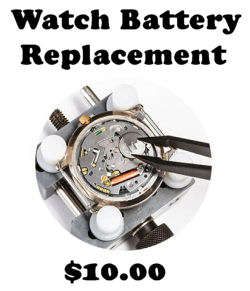How To Regulate A Grandfather Clock

A basic principle of physics is that the length of a pendulum will determine how fast it swings. A shorter pendulum swings faster than a longer pendulum. You can change the effective length of a pendulum by either rising, or lowering, the pendulum bob. The pendulum bob is located on the pendulum rod. If you raise the bob, the clock will run faster. Likewise, if you lower the bob, the clock will run slower. This is comparable to a dog’s tail; shorter tails always wag faster than longer tails.
Check the clock against an accurate source like a cell phone or digital clock. After 24 hours make note of any discrepancy in the time. Stop the pendulum and use the adjusting nut on the bottom of the pendulum to move the pendulum bob up or down to change the pendulum’s effective length. If the clock is running fast, move the bob down or turn the nut to the left. If the clock is running slow, move the bob up or turn the nut to the right. Restart the pendulum and reset the clock hands to the proper time.
It is easy to remember: lower is slower and left is lower.
How much adjustment is needed depends on how much time is being gained or lost. General rule of thumb: One complete turn (360 degrees) of the nut is equivalent to 1 to 2 minutes of time change per day (24 hours). Time regulation is tedious and can take up to 2 weeks to set properly. All mechanical clocks are affected by barometric pressure and temperature variations within their environment.


 Collectibles
Collectibles Gift Ideas
Gift Ideas Gourmet Food
Gourmet Food Home Décor & Furniture
Home Décor & Furniture Jewelry
Jewelry New, Handmade & Seasonal
New, Handmade & Seasonal Vintage & Secondhand
Vintage & Secondhand

 Rogue Jerky Co. - Bonfire...
Rogue Jerky Co. - Bonfire...  Savoy Tea Co. - Earl Grey...
Savoy Tea Co. - Earl Grey...  Nat's Nuts
Nat's Nuts  Dicks Perky Pickles
Dicks Perky Pickles 